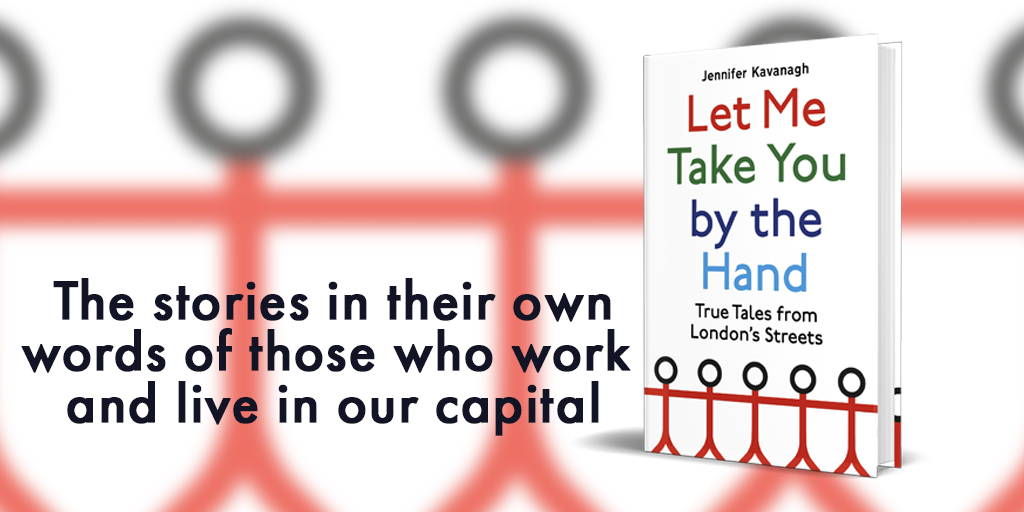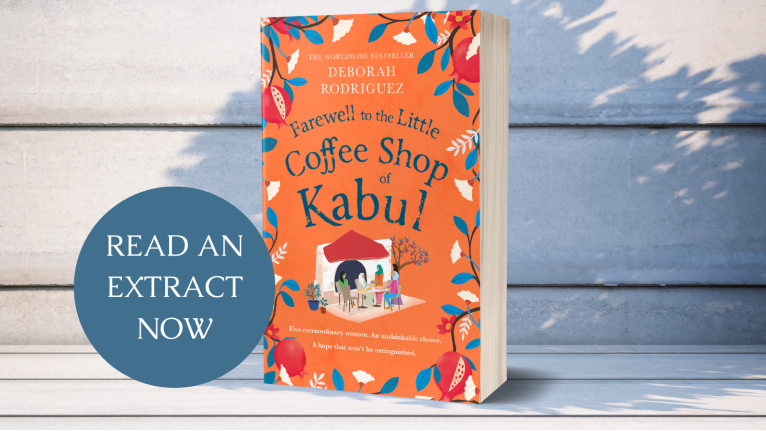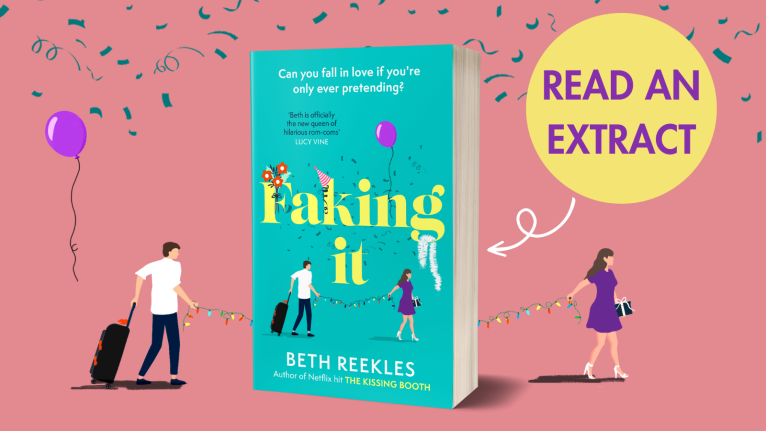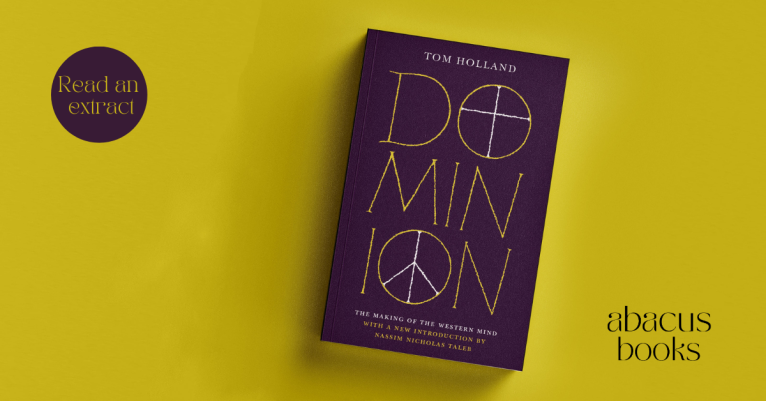Read an extract from Let Me Take You By the Hand

Let Me Take You By The Hand is an x-ray of life on the streets today: the stories in their own words of those who work and live in our capital.
Introduction
Let me take you by the hand and lead you
through the streets of London
London has been described as the world in one city. In some dark tunnels leading out of Waterloo station on the South Bank is an extraordinary series of mosaics portraying just that idea. David Tootill, the project director of Southbank Mosaic, which created it, wrote: ‘Mosaic is a metaphor for bringing together all the peoples, tribes, creeds, cultures, colours, clans, faiths and freedoms to make a brilliant whole.’
There have been other points of view. David Copperfield considered London to be ‘fuller of wonders and wickedness than all the cities of the earth’. In January 2020, the Sutton Trust released a report, based on research from the London School of Economics, describing London as ‘the epicentre of the elites . . . London is essentially off- limits to ambitious people from poorer backgrounds who grow up outside the capital.’ This, it says, is exacerbated by practices such as unpaid internships, which are available only to those who can afford to live and work in London without earning. The paradox of a great, vibrant and diverse city riven with inequalities is the context of this book.
Its inspiration is an extraordinary work of investigative journalism from the nineteenth century. Henry Mayhew’s ground- breaking study, London Labour and the London Poor, was published first in weekly instalments in the Morning Chronicle from December 1850 to February 1852, and then in volume form: volumes one to three in 1861 and volume four a year later. The total came to some 2000 pages, nearly two million words.
Mayhew interviewed hundreds of people who lived or worked on the streets of London, from market traders and entertainers to thieves and beggars, uncovering a city of stark inequality and precarious lives. These detailed and intimate stories, in turn moving, funny and inspiring, are rendered with a sympathy and immediacy that makes London Labour and the London Poor a literary work that can stand alongside the best of Victorian fiction.
Mayhew was born in the same year as Charles Dickens, and is widely regarded as an influence on him, the two writers covering similar ground and each revealing a similar passion for social justice.
And recognising that, as Judith Flanders says in her book The Victorian City:
These streets that Dickens drew on . . . were a hive of activity, a
route for commuters, a passage from home to work and from work
to home. But they were also a place of work itself, as well as one
of leisure and amusement. The streets had purpose to them; they
were a destination as well as a means of reaching a destination.
A climate change protester living on the streets today said: ‘It’s perfectly normal to work on the streets. There are people digging the road, people who have stalls, charities raising money on the street. The street in my opinion is no more dangerous than anywhere else.’
Superficially, the streets of London in 1861 and in 2020 may seem entirely different places. Tower blocks have appeared; older houses have been refurbished or have disappeared. Gone are the horses and their manure; the advent of the internal combustion engine has transformed the streets into thoroughfares where the automobile holds sway. For those working on the streets, much has changed too. Many tasks such as refuse collection and street cleaning now fall under the aegis of local councils; dustmen are no longer men collecting coal dust from houses to sell on, but refuse collectors employed by the council. Bus companies employ bus drivers; some markets are run by larger collectives. For those sleeping in the streets, things have changed too – notably because of the introduction of the National Health Service, and of the benefit system which has provided a safety net for some of those on low incomes.
But under the surface the similarities are striking and, in many cases, shocking. This book explores the changes and continuities by collecting and mapping stories from today’s London, finding startling similarities in the work carried out on the streets, even if in some cases the terminology and the moral perspective have changed. Beggars, street entertainers, stalls selling food, clothes or second- hand goods, thieves and the sex trade still hold sway. The rise of the gig economy has brought a multitude of drivers and cyclists, delivering and moving goods, transporting meals and people, all organised through smartphones but using the same streets as Mayhew’s informants. The precarious existence faced by this new workforce would be familiar to the street- sellers of Mayhew’s day.
In the preface to Volume I of his great work, Mayhew said, ‘My earnest wish is that the book may serve to give the rich a more intimate knowledge of the sufferings, and the frequent heroism under those sufferings, of the poor. The condition of a class of people whose misery, ignorance and vice, amidst all the immense wealth and great knowledge of the first city in the world is, to say the least, a national disgrace to us.’
What is exceptional about Mayhew’s approach is that he put his interviewees centre stage. People normally ignored or even unseen are given a voice. Like Mayhew, I’ve tried to reveal the person behind the uniform or the anonymous role: cleaner, doorman, delivery man. People who are so close to us – and too often beneath our notice.
Although starting from the standpoint of the categories in Mayhew’s book, I have not followed the same structure.
Method of working
London Labour and the London Poor is famous for its poignant stories: of the Returned Convict and the Watercress Girl. Let Me Take You by the Hand also has powerful and poignant stories to tell, but I struggle to categorise individuals in terms of the job that they do – because they often do more than one, and as people they are so much more than their work. Categorisation can too easily become the source of our prejudices. So, on the whole, the categories I use are broader and the people have their unique and complex stories.
Some interviewees welcomed the chance to talk about their lives. Some found telling their stories, often for the first time, helpful. Friends have asked how I knew if they were telling the truth. The answer is, I didn’t. But like the rest of us, they have found ways of telling their stories that they can live with.
Not all the interviews were carried out by me: I needed the experience and expertise of my colleagues, Mat and Alastair. Most interviews were recorded. For those that were not, it was either because people didn’t want to be recorded, or because the conversation came from a more informal chat, with notes taken at the time or immediately afterwards. Interviewees each signed a consent form. Many names have been changed.
Given the number of nationalities we knew we would be working with, our intention was to work with interpreters. In the event, it proved not to be practicable. We never knew what language someone would speak, or whether they would be found in the same spot when we visited again. We had to make do with a combination of English, a smattering of other languages, and sign language.
Where?
This book focuses on the London known by Mayhew. That is largely what we now regard as inner London, namely the boroughs of Camden, City of London, Hackney, Hammersmith & Fulham, Islington, Kensington & Chelsea, Lambeth, Southwark, Tower Hamlets, Wandsworth and Westminster. In this way it is possibleto make some interesting, if not absolute, comparisons between the city then and now.
Who?
It was important to present a balance of gender, ethnicity and age as well as giving a fair portrait of the diversity of activities. Without making any effort, I find we have interviewed people from some twenty- five nationalities. I decided not to interview people working for large organisations such as the NHS, Transport for London, the Royal Mail, or the police. Although many of their workers may not be well off, most of these organisations are already paying the National Living Wage and conforming to statutory conditions of work. We could not class their employees as living ‘on the edge’.
The nature of our interviewees was that they were hard to pin down. Many led erratic lives and might not be able to stick to an appointment. So it took perseverance. On the whole, it was easiest to interview those who had, as one put it, their own spot: independent or solitary traders, and homeless people.
To some extent, the interviewees were self- selecting: people who were willing to be interviewed either because the money offered was an overwhelming attraction, or because sharing their story was in itself a pleasure, a chance to talk to someone. The most difficult were those whose work is peripatetic: for instance delivery drivers, and those working under the radar, without a licence, or leading a life of illegality. Even with the promise of anonymity, such people were suspicious of anyone who might reveal or report their activities to the authorities.
No, thanks
Many, of course, refused to be interviewed. People have different reasons for keeping quiet, and find different ways to avoid being interviewed. Some politely said ‘No’, or ‘I’m not interested’. And some, especially those on the wrong side of the law, although willing enough to speak, were unwilling to be recorded, even with an offer of anonymity. One man, a market trader for many years, poured out stories with alacrity but when I started to read out the consent form – he is illiterate – alarm bells sounded and he backed off. Mention of ‘personal details’ had him running for cover and, despite the offer of anonymity, he refused a formal interview.
A man giving away Time Out magazine outside Holborn tube twice gave me the same exact time to turn up to interview him, and on both occasions he had gone (although I had seen him half an hour before). It was hard to escape the feeling that he deliberately gave me a time when he knew he would be finished. A peanut seller vehemently – fearfully? – refused, and practically ran away, and a young motorcycle driver for a pizza company, who was probably in his late teens or early twenties, with limited and accented English, was parking his bike when I politely enquired whether he was self- employed. ‘No,’ he said, seemingly terrified, ‘no, no, I’m not self- employed,’ and fled.
And the reasons for the fear? Sometimes people mistook me for someone in authority, or prepared to report them for some infringement. I learned later from a flower seller that the peanut seller did not have the necessary licence; others might be working while on benefits or with no right to remain. Supposition in these cases, but they are real enough reasons. Some people simply didn’t want to talk, which was their prerogative; others – civil enforcement officers (CEOs, previously called traffic wardens), some security guards and a couple of street sweepers told us that they were forbidden to give interviews. Which was enough to raise questions about whether some hidden exploitation was taking place.
An old man with sparse hair and rheumy eyes, pushing along a supermarket trolley that held his possessions, including several newspapers, near Great Portland Street station one day, near Mortimer Street the next, courteously declined to be interviewed. We must keep them in mind, these private and silent souls, who hide away from outreach and the rest, and retain stories that are not for sharing.
*
It is important to stress that not all the voices are negative. Far from it. I was struck, and touched, by how few people complained. People who are struggling to make enough to live on, who sleep on the pavement or who get up at 2 a.m. to travel into London to work, show extraordinary resilience and positivity. Yes, there are desperate, heart- breaking voices, but that’s not the whole story.
The interest in an interview is not always in the personal story of the person being interviewed, but on the light it sheds on life on the streets around them. Like Mayhew, I am not giving answers, just an ear, with an invitation to let go of our preconceptions, not least about what we consider lousy jobs and our assumptions that those doing them must be unhappy.
Reasons for being on the street are varied and individual, and constitute one of the major subjects of this exploration. As Mayhew says, ‘Among the street- folk there are many distinct characters of people – people differing as widely from each in tastes, habits, thoughts and creed, as one nation from another.’ He talks of some ‘unable to find employment in their own trade’ and it is true that the life of people on the streets is often about a contrast with a previous existence – they may have fallen from stability to precarity or run away from abuse and danger; or they may have given up a stable life for a greater expression of their true selves.






